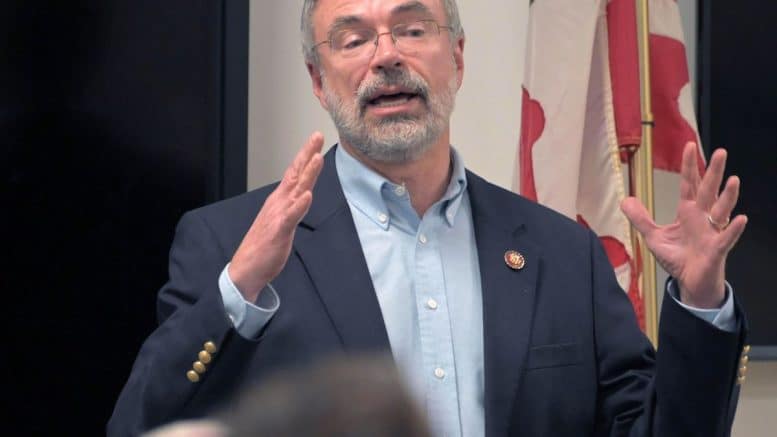

Months later, while interviewing Mountain Madness client Martin Adams, Krakauer realized that the climber he encountered was in fact Adams and not Harris. Krakauer, meanwhile, took the longer route around back to the tents but reported to others at camp that Harris had safely returned. Krakauer reported having seen him fall over the ridge to camp, stand, and stumble back towards camp. Upon returning to Camp IV Krakauer, possibly suffering from the effects of hypoxia, believed he had encountered Harris on the ridge above camp.

It is believed Harris was suffering from hypoxia, which would explain some of the irrational actions he took. Later on, Harris checked on some oxygen canisters near the Southeast Ridge, and stated they were all empty, which they were not. Harris complied but accidentally turned the oxygen all the way up. Krakauer asked Harris if Harris could turn off Krakauer's oxygen, to save it. Shortly after midnight on 10 May, the Adventure Consultants expedition began a summit attempt from Camp IV, on top of the South Col.Īt approximately 1:12 p.m., Harris, Anatoli Boukreev, and Krakauer reached the top of Everest. Although shocked, Harris continued to climb, but later realized that if the boulder had hit his head, he would not have survived. On 8 May during a climb, Harris was struck in the chest by a boulder the size of a small television.

Despite being advised to remain at Lobuje one more night, Harris proceeded to Base Camp with the rest of the party on 8 April 1996.

The Adventure Consultants' Everest expedition of 1996 consisted of three guides ( Rob Hall, Mike Groom, and Andy Harris) and eight clients (Frank Fischbeck, Doug Hansen, Stuart Hutchison, Lou Kasischke, Jon Krakauer, Yasuko Namba, John Taske, and Beck Weathers).īefore even reaching Base Camp, Harris suffered from multiple gastrointestinal attacks at the lodge in Lobuje, while the party was preparing to go to Base Camp. Main article: 1996 Mount Everest disaster The clinic's main purpose was to treat altitude-related illnesses. In the fall of 1994, he helped McPherson in a medical clinic in Pheriche. In 1985 Harris climbed Chobutse (6690m), a difficult peak which stands close to Everest. During the summers, he worked for scientists conducting archaeological research in Antarctica as a New Zealand Antarctic Research Program (NZARP) field leader from 1987 until 1992, and escorted climbers into New Zealand's Southern Alps. During the winter months, Harris was employed as a helicopter skiing guide. Īt a younger age, Harris was a student at Francis Douglas Memorial College in New Plymouth. He was living with McPherson and in the process of building a house with her in the hills outside Queenstown. Biography Īt the time of his death, Harris was survived by his parents Ron and Marry Harris, his older brother David Harris, and his physician girlfriend Fiona McPherson. It was Harris's first attempt to summit Mount Everest, though he had extensive climbing experience in New Zealand. Harris was one of the guides for the Adventure Consultants' 1996 Everest expedition, led by Rob Hall. Andrew Michael Harris NZBS (29 September 1964 – ) was a New Zealand mountain guide who died in the 1996 Mount Everest disaster.


 0 kommentar(er)
0 kommentar(er)
